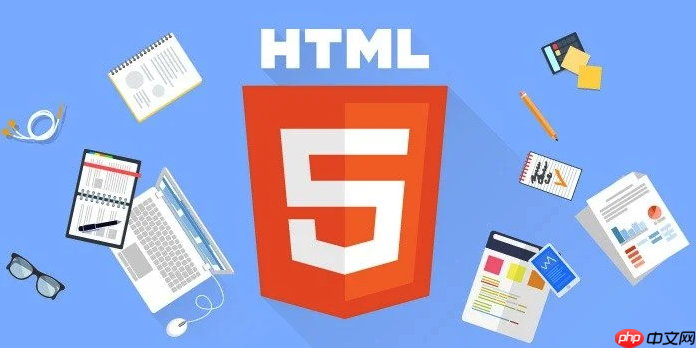使用 left: 50% 和 transform: translateX(-50%) 可让绝对定位元素在页面底部水平居中,适用于任何宽度;或通过设置固定 width 配合 left: 0、right: 0 与 margin: 0 auto 实现居中;若父容器可控,采用 display: flex、justify-content: center 和 align-items: flex-end 更简洁。推荐首选第一种方法,兼容性好且无需固定宽度。

要让一个 position: absolute 的 html 元素在页面底部水平居中,可以通过设置定位和变换属性来实现。下面介绍几种常用且有效的方法。
方法一:使用 left 和 transform 居中
这是最常用的方式,适用于已知或未知宽度的元素。
代码示例:
<pre class="brush:php;toolbar:false;">.bottom-center { position: absolute; bottom: 0; left: 50%; transform: translateX(-50%); }
说明:将元素左边缘定位到父容器的中间(left: 50%),然后通过 transform: translateX(-50%) 向左移动自身宽度的一半,实现真正居中。
方法二:使用 margin 和 width 实现居中
适用于设置了固定宽度的元素。
代码示例:
<pre class="brush:php;toolbar:false;">.bottom-center { position: absolute; bottom: 0; left: 0; right: 0; width: 200px; margin: 0 auto; }
说明:通过设置左右为 0 并配合 margin: 0 auto,可以让固定宽度的元素在底部水平居中。注意必须设置宽度,否则 margin:auto 不生效。
方法三:使用 Flex 布局(父容器)
如果允许控制父元素,使用 Flex 更简洁。
代码示例:
<pre class="brush:php;toolbar:false;">.parent { position: relative; height: 100vh; } .child { position: absolute; bottom: 0; left: 50%; transform: translateX(-50%); }
或者直接让父容器用 flex 控制子元素:
<pre class="brush:php;toolbar:false;">.parent { display: flex; justify-content: center; align-items: flex-end; height: 100vh; position: relative; } .child { position: absolute; bottom: 0; }
注意:此时子元素仍可保持绝对定位,但布局由父容器的 flex 主导。
基本上就这些常见方式,推荐优先使用第一种(left + transform),灵活且兼容性好。关键是理解定位偏移与中心对齐的计算逻辑。不复杂但容易忽略细节。


